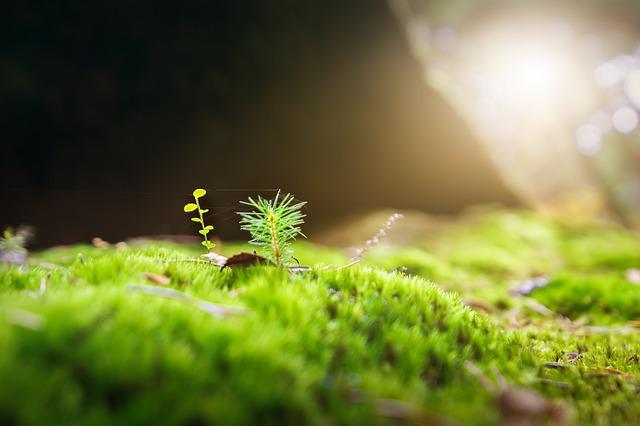
“The best way to grow plants that don’t need much sunlight is to start them indoors under grow lights. This way, you can control the amount of light they receive and ensure that they get the right amount.” – Tomato Dirt
Plus, they’re easy to care for and can add a touch of nature to any space. Likewise, they’re similar to other Indoor plants in their benefits and uses.
The Top Reasons To Grow Low Light Plants
- Low light plants are perfect for shady areas in your home or garden.
- They don’t require much sunlight to thrive, so they’re easy to care for.
- Low light plants can help purify the air in your home by absorbing harmful toxins.
- They can also help improve your mood and concentration, and reduce stress levels.
- Growing low light plants is a great way to add greenery to your home without having to worry about too much sun exposure.
The Benefits Of Indoor Plants
Indoor plants are great for purifying the air, improving your mood, and adding a touch of nature to your home.
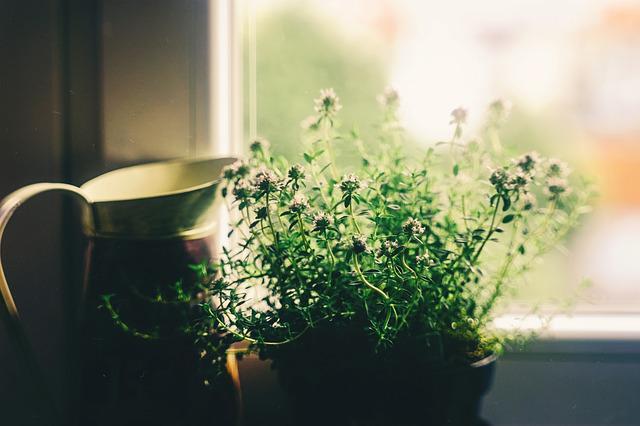
Here are some of the benefits of keeping indoor plants:
- Purify the air by absorbing harmful toxins and chemicals.
- Improve your mood and mental health.
- Help you focus and concentrate.
- Boost your immune system.
- Improve your overall health.
How To Choose The Right Low Light Plant For Your Home
When it comes to choosing the right low light plant for your home, there are a few things to keep in mind.
- Consider the amount of light the plant will need. If you are growing a low light plant indoors, it is important to make sure that it will receive enough light.
- Think about the size of the plant. Some low light plants can grow to be quite large, so make sure you have enough space for it.
- Consider the care the plant will need. Some low light plants are very easy to care for, while others may require a bit more work.
- Take into account the climate you live in. Some low light plants do not do well in certain climates.
- Ensure you choose a plant that you like. Low light plants come in a wide variety of shapes, sizes, and colors, so take your time to find one that you really love.
The best low light plants
- Pothos: A popular choice for low light areas, pothos are easy to care for and can thrive in a wide range of lighting. It’s also known as the devil’s ivy because it is very difficult to kill.
- Snake Plant: Snake plants are another low light plant for low light areas. They’re known for being tough and resilient, so they’re perfect for beginners. Also, they are very tolerant of neglect and can even survive in rooms with no natural light at all.
- Philodendron: Philodendrons are a type of climbing plant that does well in low light conditions. It is also known as the sweetheart plant because of its heart-shaped leaves. They’re easy to care for and can add a touch of greenery to any space.
- Peace Lily: Peace lilies are a beautiful and low-maintenance option for low light areas. It is a beautiful plant that has white flowers that bloom in the springtime.They’re perfect for adding a splash of color to any room, and they also help to purify the air.
- Spider Plant: Spider plants are another easy-to-care-for option that does well in low light conditions. It’s also known as the airplane plant because of its long, thin leaves.
- Ferns: they are a great option for those who want to add some greenery to their home without a lot of fuss. Ferns do best in humid conditions, so they’re a great choice for bathrooms or kitchens. They even come in a wide variety of shapes and sizes, so you’re sure to find one that fits your space.
- Dracaenas: these indoor plants are a great choice for low light conditions. They are very tolerant of neglect and can even survive in conditions that are too low for other plants. Dracaenas are a great choice for a north-facing window or a room that does not get much natural light.
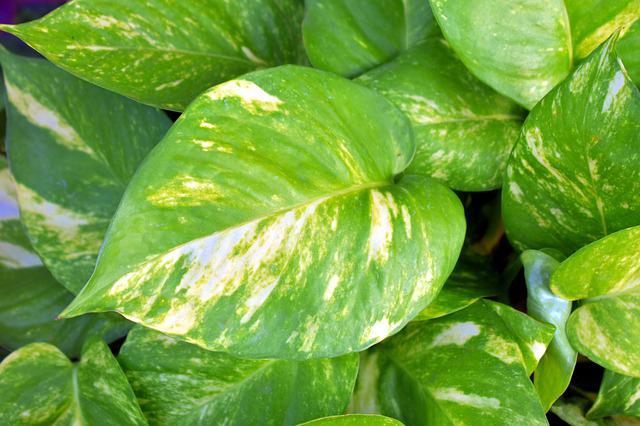
They’re also great for purifying the air, so they’re a perfect choice for bedrooms and other indoor spaces. It’s a fast-growing vine that can be trained to grow up a support or left to hang down.
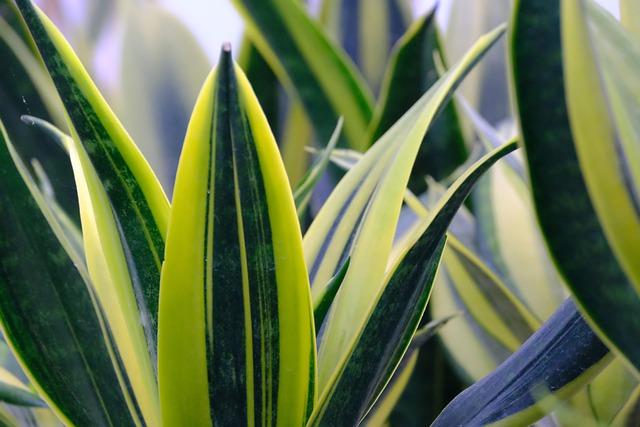
Snake plants also help to purify the air, making them a great choice for any room in your home.
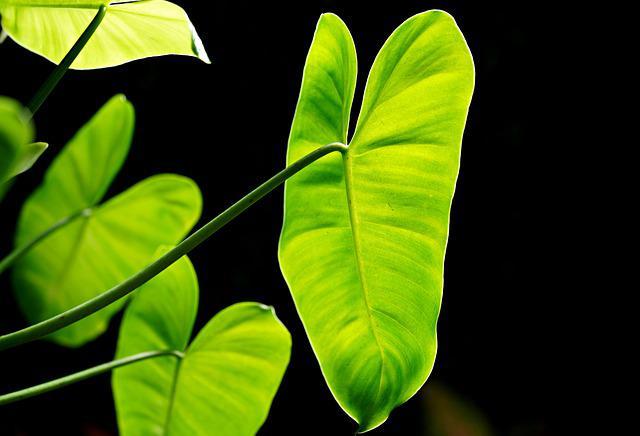
Philodendrons are fast-growing vines that can be trained to grow up a support or left to hang down.
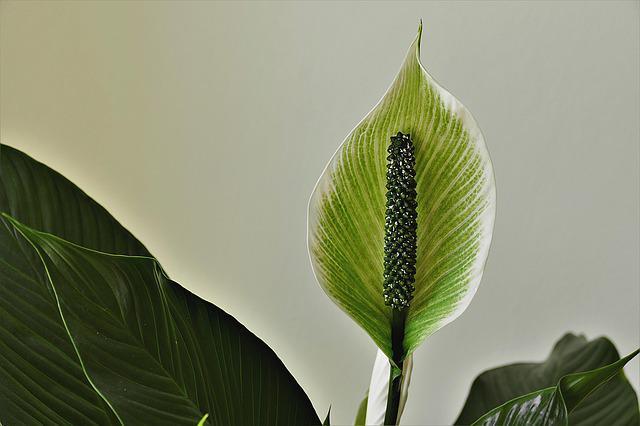
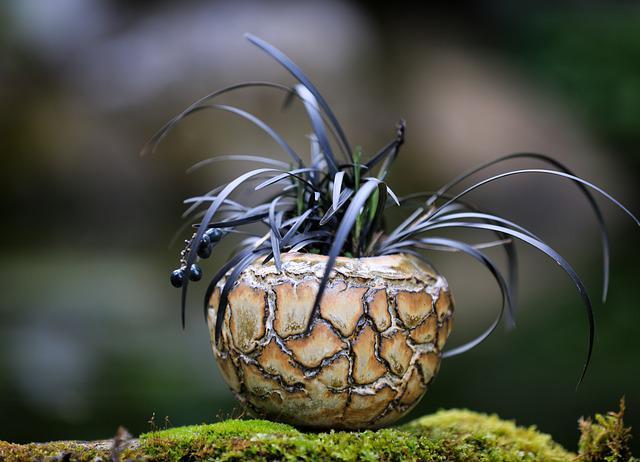
They’re known for being hardy and resilient, so they’re perfect for beginners. Spider plants also help to purify the air, making them a great choice for any room in your home.
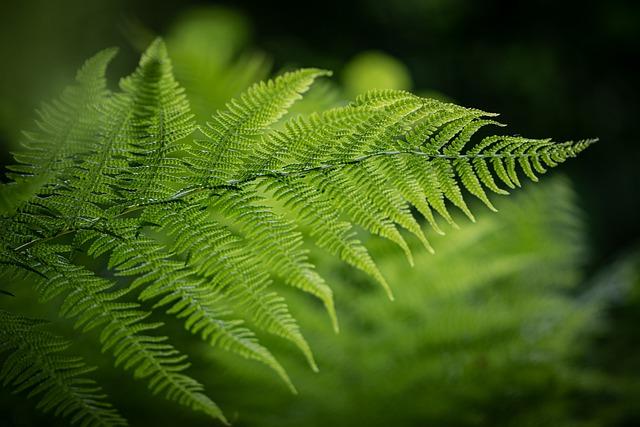
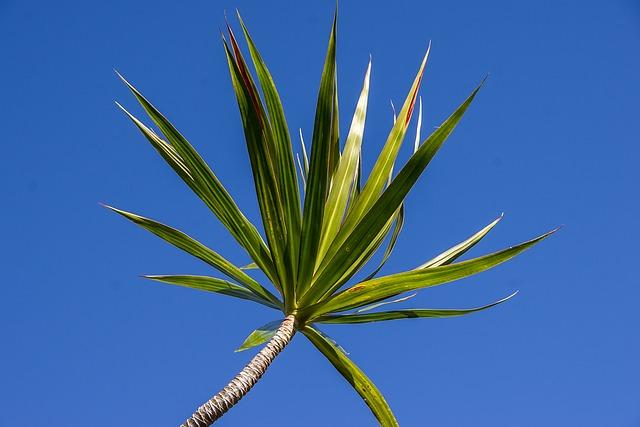
The Best Low Light Plants For Your Home
- Pothos
- Snake Plant
- Philodendron
- Dracaena
- Peace Lily
How To Care For Low Light Plants
- Place your plant in an area with little to no direct sunlight.
- Water your plant regularly, but do not over-water.
- Fertilize your plant every few months.
- Prune your plant as needed.
- Check for pests and diseases regularly.
The Pros And Cons Of Low Light Plants
Pros
- As you can probably guess, the biggest pro of low light plants is that they don’t need much sunlight. If you have a shady spot in your home or office, you can still add some greenery without worrying about whether the plant is getting enough sun.
- Another advantage of low light plants is that they require little maintenance. They don’t need to be watered as often as plants that require more sunlight, and they are often more tolerant of different types of soil.
Cons
- One potential con of low light plants is that they may not grow as quickly as plants that require more sun. If you’re looking for a plant that will fill up a space quickly, a low light plant may not be the best choice.
- Also, some low light plants may not produce as many flowers as plants that require more sun. If you’re looking for a plant that will bloom frequently, you may want to choose a plant that needs more sunlight.
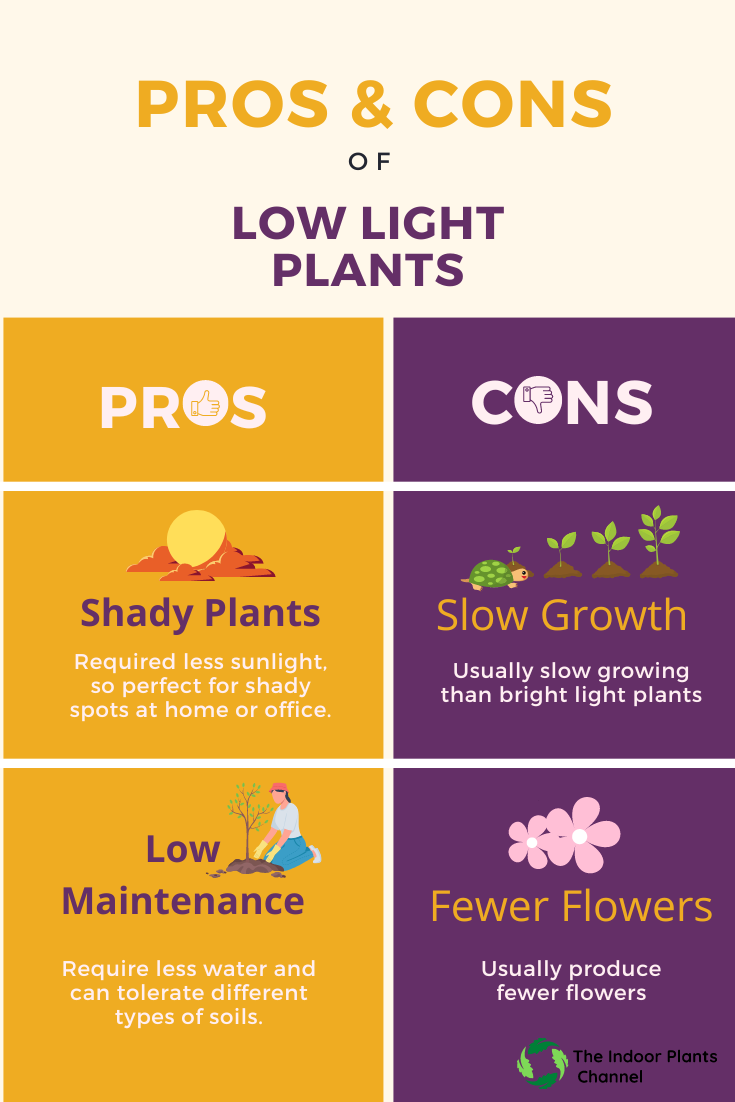
Frequently Asked Questions
What are low light plants?
Low light plants are plants that can grow in areas that don’t get a lot of sunlight. This is because the plant is naturally adapted to shady areas, or because it has been bred to be more tolerant of low light conditions.
What are some examples of low light plants?
Some examples of low light plants include the peace lily, the snake plant, and the philodendron.
What are the benefits of growing low light plants?
There are many benefits to growing low light plants. For starters, they can add a splash of color and life to areas of your home that might otherwise be dark and dreary. They can also help to purify the air, and some studies have even shown that they can boost your mood and mental well-being.
What are some tips for growing low light plants?
Some tips for growing low light plants include choosing the right plant for your space, making sure the pot has drainage holes, and not over-watering.
What should I do if my low light plant starts to yellow or wilt?
If your low light plant starts to yellow or wilt, it could be a sign that it’s not getting enough light. Try moving it to a brighter spot, and if that doesn’t help, you may need to get a grow light.
Bonus Tips
- Place the low light plant in a spot where it will receive indirect sunlight.
- Water the plant when the soil is dry to the touch.
- Fertilize the plant once a month during the growing season.
- Prune the plant as needed to maintain its shape.
- Dust the leaves of the plant regularly to keep them clean.
Conclusion
If you’re looking to add some greenery to your home but don’t have a lot of sunlight to work with, don’t worry there are plenty of plants that thrive in low-light conditions. These plants are quite special since they don’t require much resources to thrive. We’ve compiled some of the best low light plants for you above. Check through and let us know your thoughts in the comment section.
Michelle Wilde
Related posts
![]()
About Michelle Wilde
Michelle Wilde is a stay-at-home mom and avid plant lover. Armed with a post-graduate degree in Computer Science (no kidding!), she loves researching plants and landscapes. When she is not caring for her 4 kids, she spends time on her passion for plants. She blogs at www.indoorplantschannel.com, the trusted source for indoor plants.
Learn more
Subscribe
* You will receive the latest posts and updates about indoor plants!
Search
Recent Posts
Categories
- Beginner Guides (10)
- FAQ (206)
- General (2)
- How-To Guides (212)
- Indoor Plants (214)
- Pest Management (2)
- Plant Problem Solutions (4)
- Seasonal Growing (2)
- Specialized Environments (2)
- Specific Plant Care (3)
- Technical Growing (2)